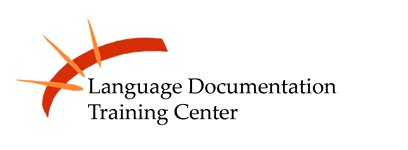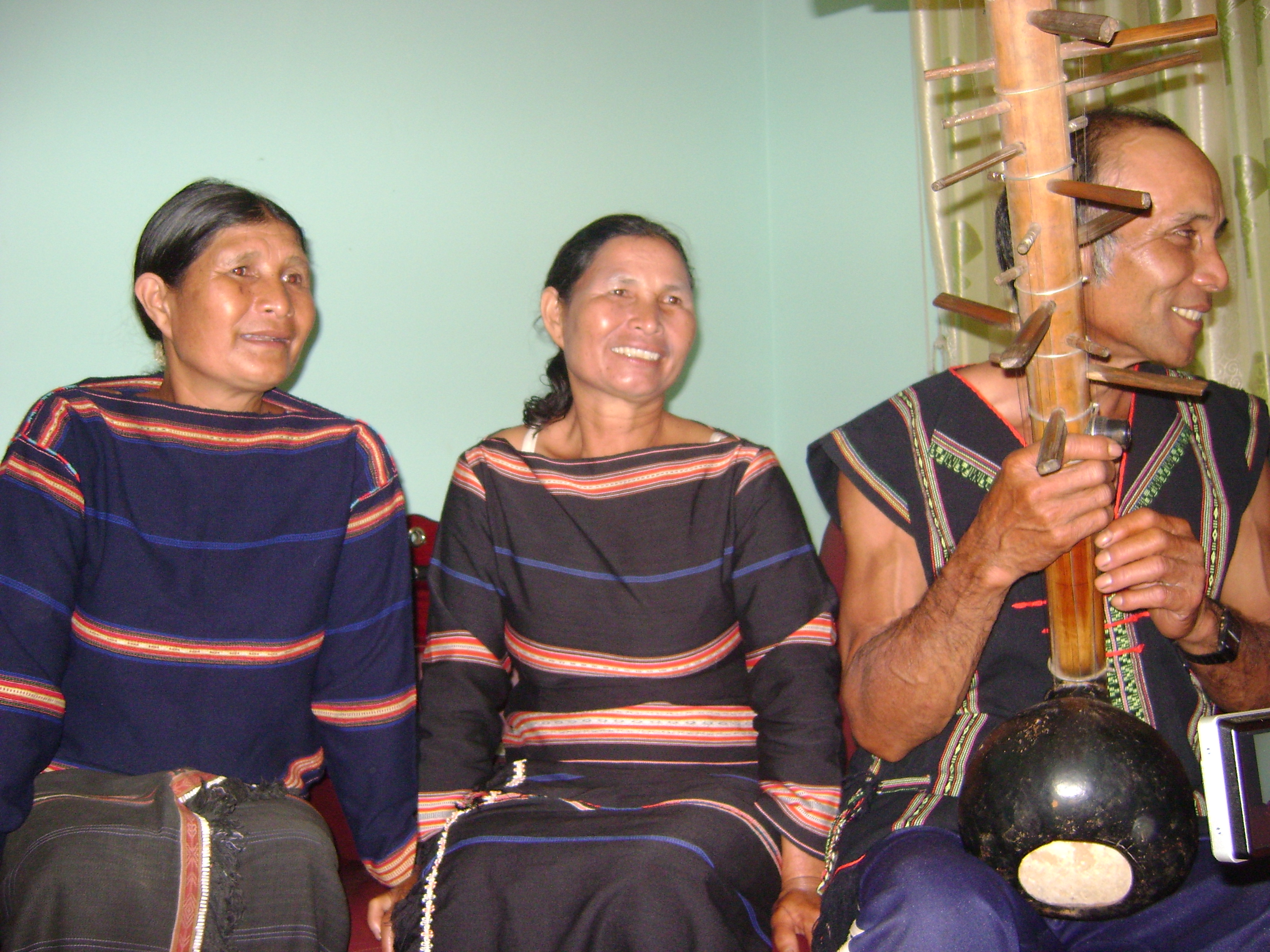 |
ldtc@hawaii.edu 1890 East-West Rd., Honolulu, HI 96822 USA |
LDTC Home | About LDTC | People | Languages | Workshops | Support |
|
|
About Me and My Language
|
Hi, My name is Hril, I am a graduate student of Department of Urban and Regional Planning, University of Hawaii, Manoa. I join the Language Documentation project because I want to preserve my language. It is in danger and there is not much information available on it Above is a picture of my family. |
| Your name (first, last) |
Hril, Siu |
| Contact Email | hrillsiu@gmail.com |
| Preferred name(s) of your language | Jrai |
| Alternative names | Jarai, Gia Rai |
| Language classification | Malayo-Polynesian,
Austronesian
language group |
| Geographical areas where spoken | Gia Lai, Dak Lak, Kon Tum province, Central Highlands ofVietnam, and Ratanakiri, Cambodia. |
| Approximate number of monolingual speakers | about 10% of speakers |
| Other languages spoken in the area/country | Vietnamese, Rahde, Banhnar, and
Sedang |
| Official language(s) in your country | Vietnamese |
| Does your language have a
widely accepted writing system? |
No. there are several |
| If yes, what materials are
written? |
Dictionary, books, Bible |
| back to top | |
| Background of the Language Jrai (also spelled as JaRai, Cho-Rai, Chor, Dja Rai, Gia Rai, Grai, Jơrai, and Mthur is a Chamic language in the Malayo-Polynesian branch of the Autronesian language family (Ethologua). Jrai is spoken by approximately 318,000 people for the most part in the Central Highlands Gia Lai province of Vietnam. It is also spoken by about 20,000 people in Cambodia, by over 3,000 people in the United States and Canada, and by a few small Jrai communities in Europe. Jrai is the same language groups with Chru, Rahde, Rakglai, and Cham, which are spoken primarily in Vietnam, but also in the United States ( http://www.aboutworldlanguages.com).
|
